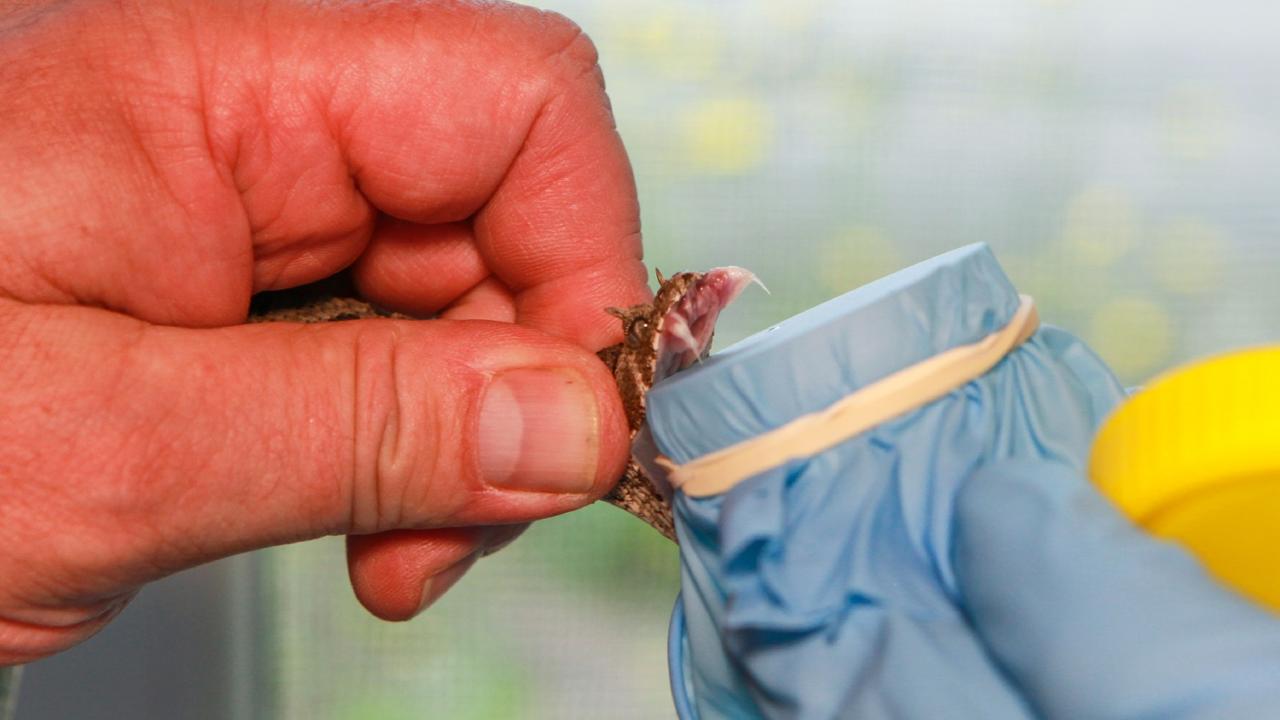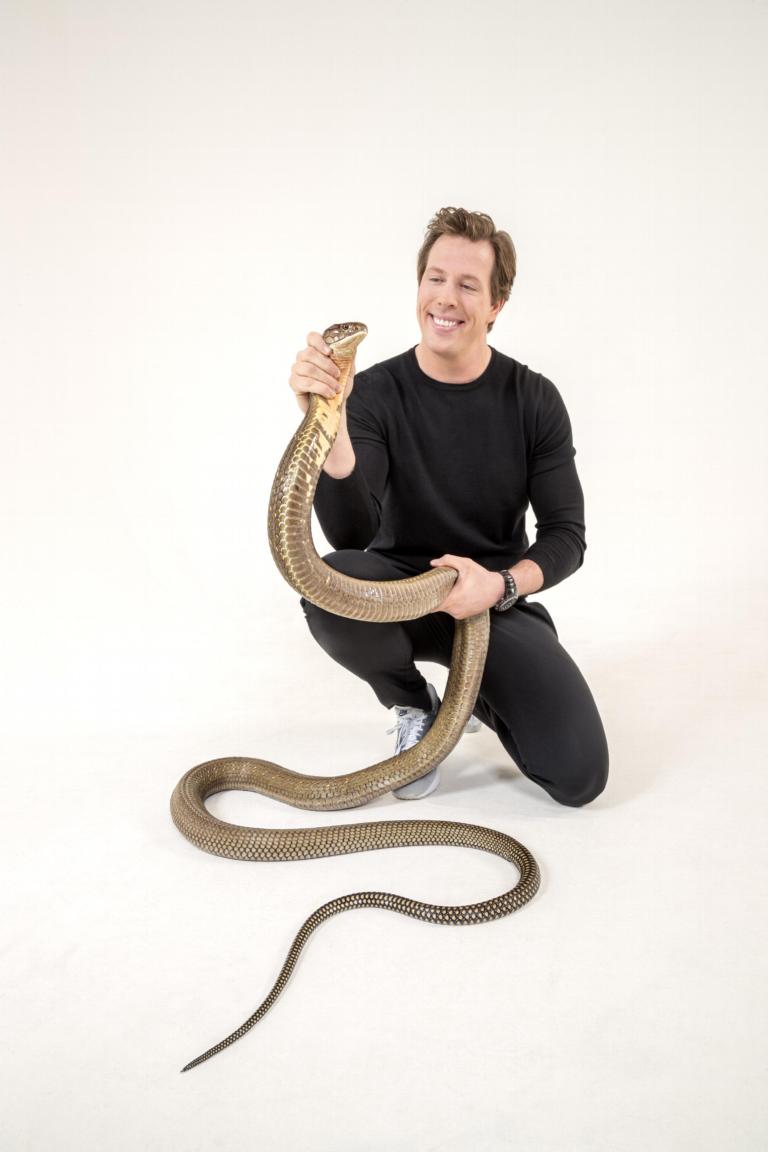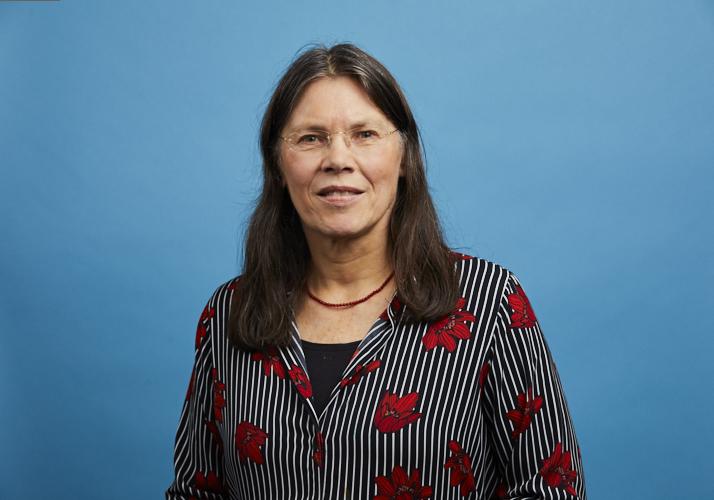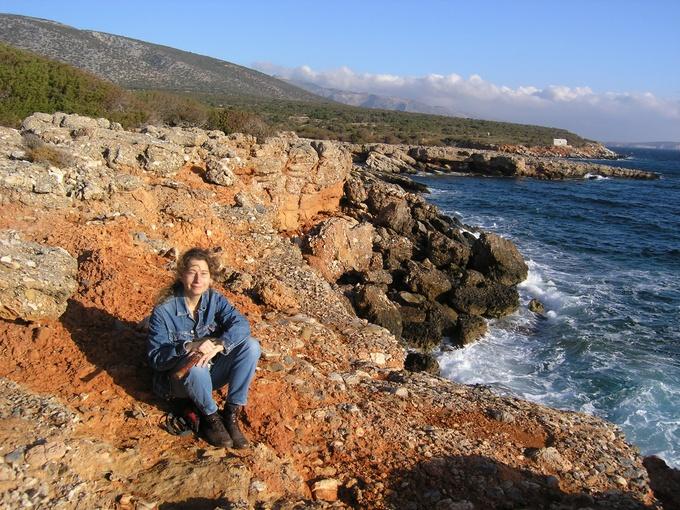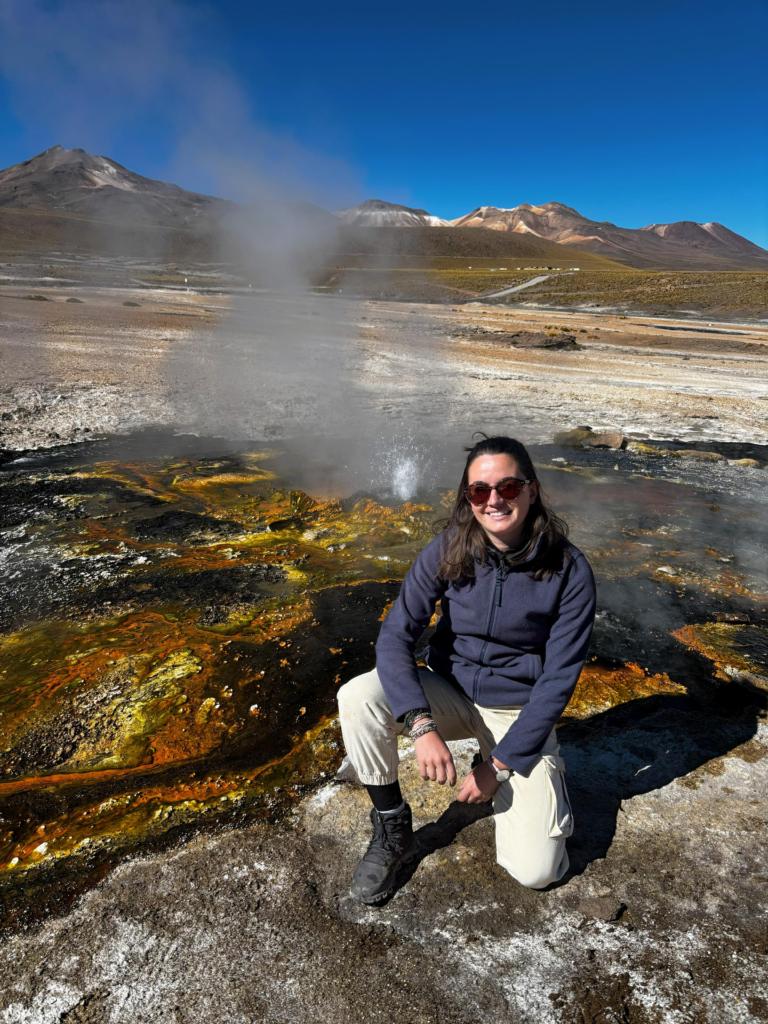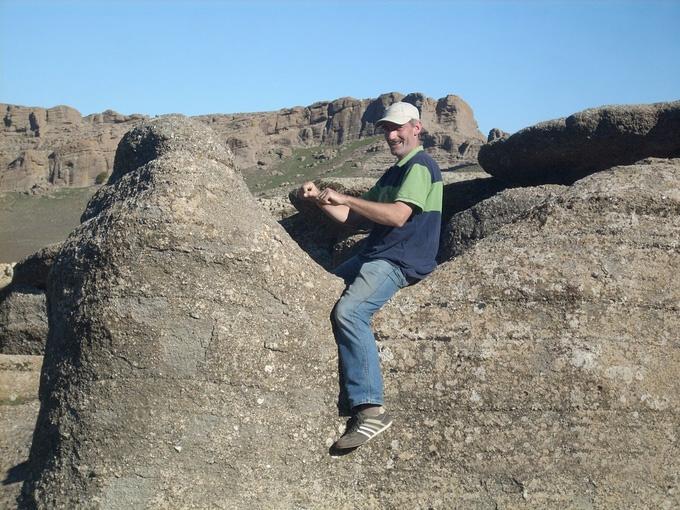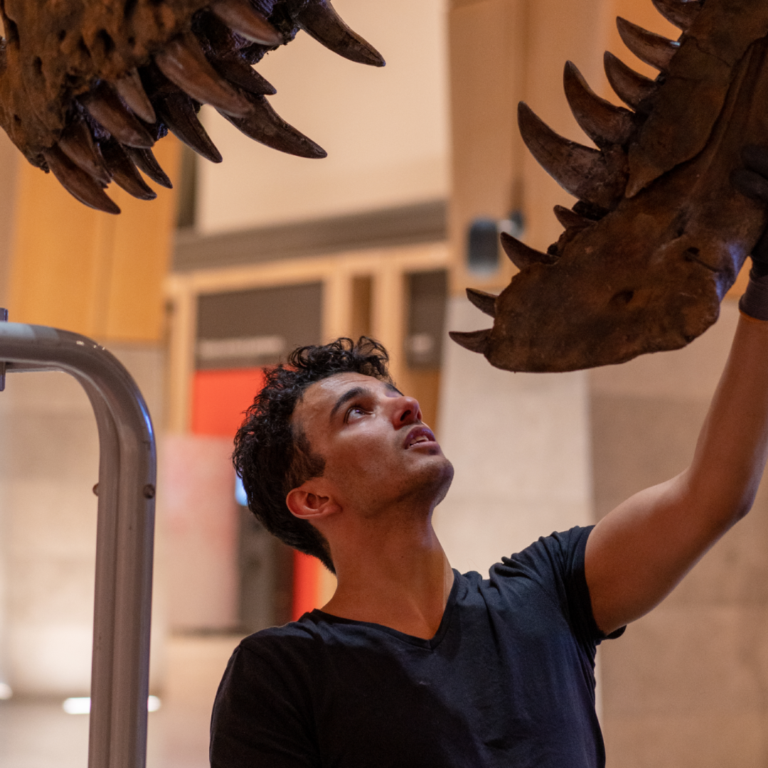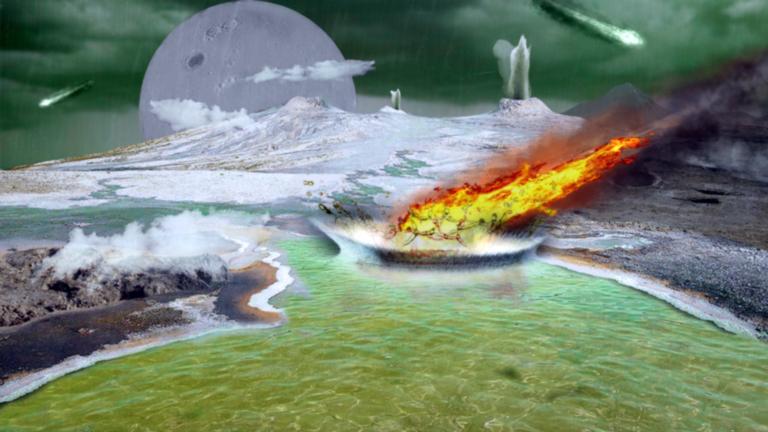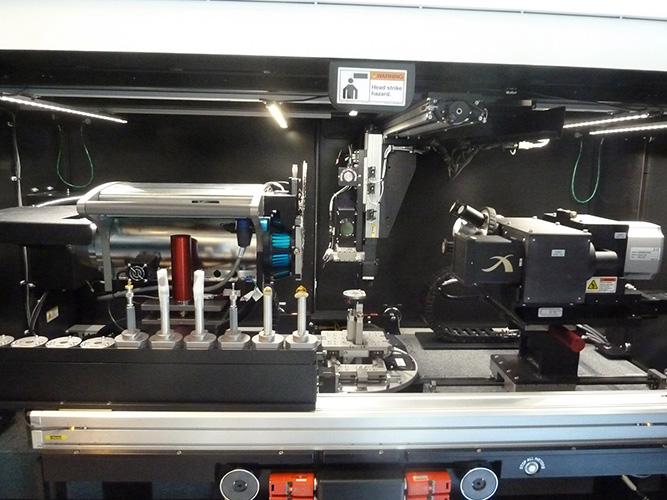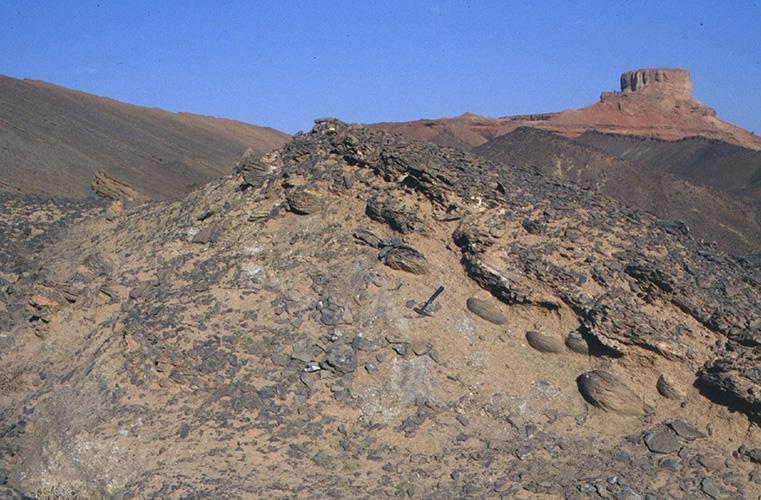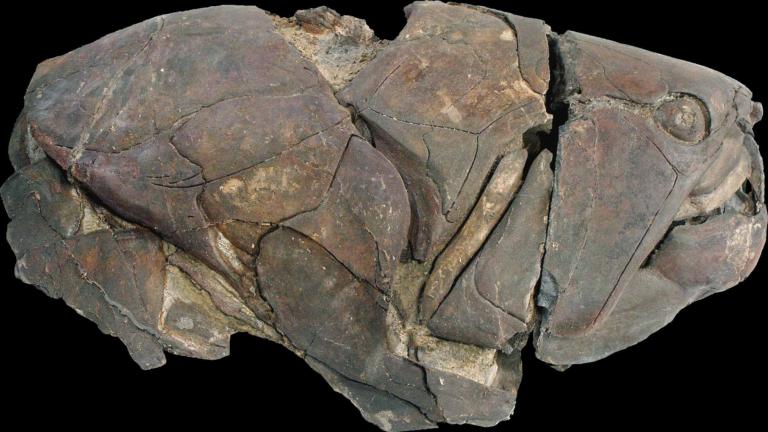
Vertebrate history ranges back in time over 535 million years documenting major changes in biodiversity, evolutionary success and ecological adaptations. Although vertebrates are a relatively small group in the animal kingdom, their skeletons are well preserved in the fossil record, documenting an impressive increase in morphological complexity through time, thus making them an ideal group to study evolutionary processes. Morphological innovations like jaws, teeth and vertebrae are considered as drivers of the evolutionary and ecological success of jawed vertebrates representing 99,8% of all vertebrates nowadays.
Our Research themes & structure
We are using a wide diversity of vertebrates from earliest fossils to recent fishes, tetrapods including fossil marine reptiles, dinosaurs, birds and recent snakes and fossil and recent mammals, including us – humans.
Systems we are particularly interested in are the skeleton and their tissue types in its specialised functional traits such as jaws, teeth, the skull, the vertebral column, limbs and the evolution of venom. We apply a range of novel and cutting edge digital techniques from tomographic methods (microCT, synchrotron tomography) to surface scanning, photogrammetry, 3D visualization, geometric morphometrics, Bayesian and Parsimony phylogenetic analyses, stable isotope geochemistry, genomics and proteomics. With this unique combination of different vertebrate groups, techniques and traits our research integrates biology, geology, material and medical sciences in an innovative way. Our aim is to understand the present and make meaningful predicitons of the future.
